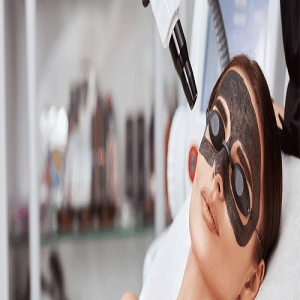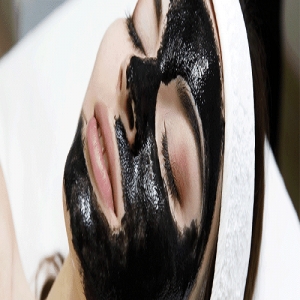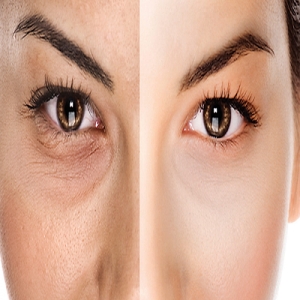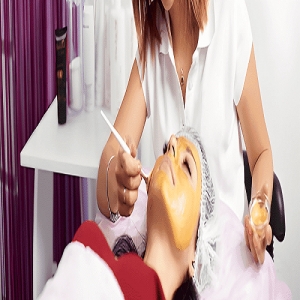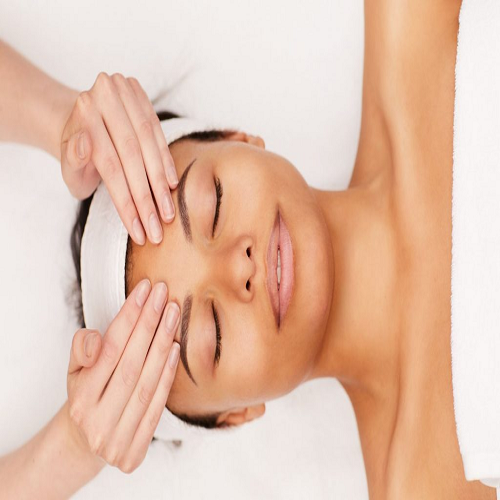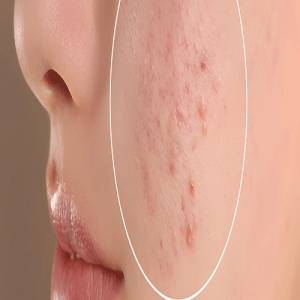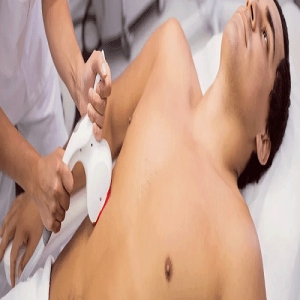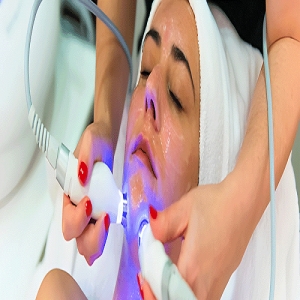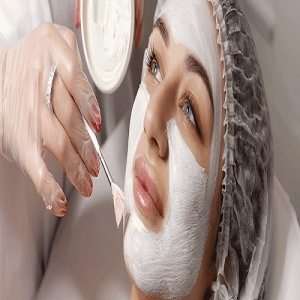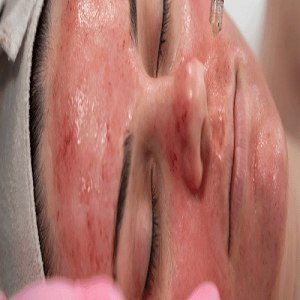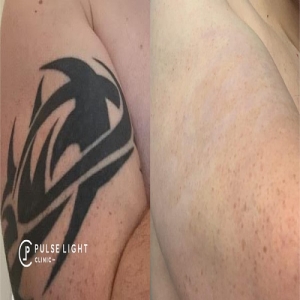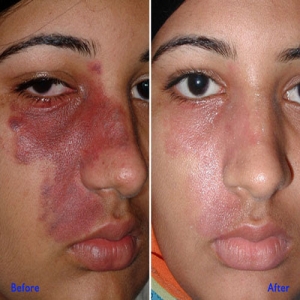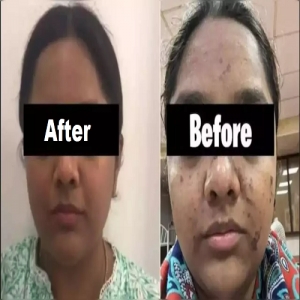Face Platelet Rich Plasma
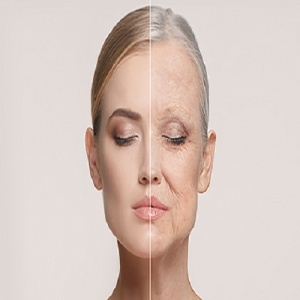
Face Platelet Rich Plasma
Face Platelet Rich Plasma (PRP), also known as PRP facial or vampire facial, is a cosmetic procedure that utilizes the patient's own blood to rejuvenate the skin and improve its appearance. PRP therapy has gained popularity in dermatology and aesthetic medicine for its potential to stimulate collagen production, enhance skin texture, and promote a youthful complexion. Here's how the procedure generally works:
-
Blood Collection: A small amount of blood is drawn from the patient's arm, similar to a routine blood test.
-
Centrifugation: The collected blood is then placed in a centrifuge machine, which spins at high speeds to separate the different components of blood.
-
Platelet Separation: The centrifugation process separates the platelets from other blood components, concentrating them into a plasma-rich solution.
-
PRP Activation: The concentrated platelet-rich plasma (PRP) is then activated with calcium chloride or another activating agent to release growth factors and other bioactive proteins that promote tissue regeneration and repair.
-
Microneedling or Injection: The activated PRP is either applied topically to the skin or injected into targeted areas of the face using microneedling or injection techniques. Microneedling involves creating tiny punctures in the skin with a device equipped with fine needles, allowing the PRP to penetrate deeper into the skin layers. Alternatively, PRP injections may be administered directly into specific facial areas, such as the cheeks, forehead, or around the eyes, to target fine lines, wrinkles, and areas of volume loss.
-
Absorption and Healing: Once applied or injected, the PRP is absorbed by the skin, where it stimulates collagen production, increases blood flow, and promotes tissue regeneration. This process helps improve skin texture, tone, and elasticity, resulting in a smoother, more radiant complexion.
-
Recovery and Results: Following the procedure, patients may experience mild redness, swelling, or bruising, which typically subside within a few days. Over time, as collagen production is stimulated and skin regeneration occurs, patients may notice gradual improvements in skin quality and appearance, including reduced fine lines, improved skin texture, and enhanced overall radiance.
Face PRP therapy is generally well-tolerated and suitable for most skin types, with minimal risk of adverse reactions or allergic responses since it utilizes the patient's own blood components. However, individual results may vary, and multiple treatment sessions may be recommended to achieve optimal outcomes. It's essential to consult with a qualified dermatologist or aesthetic practitioner to determine if face PRP therapy is suitable for your skin concerns and goals.
Send Enquiry